If you read Part 1 and Part 2 of this money management series, you may have noticed I didn’t mention 401(k) plans or their sister plans 403(b) and TSP. You may be thinking to yourself, “What about my 401(k)?” I haven’t mentioned these plans yet because they’re not really any of the types of plans explained earlier. A 401(k) is actually what is called a Cash or Deferred Arrangement (CODA).
This is because in a 401(k) plan you tell your boss, “Don’t pay me my full salary. Instead take a portion of it and put it in a special account for me so I don’t have to pay taxes on it.” If you remember from Part 2, the plans I described involved the employer putting his or her money into an account on your behalf. From that standpoint, employer contributions to a 401(k), like matching funds, are essentially a Defined Contribution Profit Sharing Plan.
That doesn’t mean that many Qualified Plan rules don’t apply to 401(k) plans. For instance, even though participation in a 401(k) plan is voluntary the plan still can’t discriminate in favor of highly compensated employees. So, each and every year the sponsor of a 401(k) plan has to prove the plan doesn’t discriminate. If it does, the highly compensated employees will have to withdraw their contributions to the plan until it meets the criteria established by the Department of Labor. Unless…
READ NEXT: LEARNING HOW TO BUDGET FOR CIVILIAN LIFE
The employer elects a safe harbor. If the employer meets the criteria of one of two safe harbor elections, the employer doesn’t need to prove that the plan doesn’t discriminate. They work like this.
3% Contribution. If the employer contributes 3% of the salary of all employees to a 401(k) account in their name, the plan meets safe harbor criteria.
Safe Harbor Match. The other option is to match contributions. In this case, only those employees who contribute to the 401(k) receive additional contributions from the employer. To meet safe harbor criteria, the employer must match 100% of the first 3% the employee contributes and 50% of the next 2%. There are a lot of percentages in that sentence so let me spell that out a little better. If you contribute 3% of your salary, your employer will contribute 3% of your salary to your 401(k).
If you contribute 4% of your salary, your employer will contribute 3.5% of your salary to your account. If you contribute 5%, your employer will match with 4%. If you contribute 6% and up, your employer will still only contribute 4% of your salary to the 401(k).
It is important to note that these are the minimum requirements under the law. Your employer can decide to be more generous with the safe harbor election.
You might be wondering to yourself, “Why do I care?” Because, safe harbor contributions vest immediately. Vesting is when the money becomes yours. If the contributions don’t meet safe harbor contributions they’ll vest under a different schedule. We’ll cover that in Part 4.
There are plenty of additional financial education tools available to veterans from VA. They have an all encompassing money education website, information on home loans and even advice for starting your own small business.
Curt Sheldon CFP®, EA is the author of the book “Well and Faithfully Discharged: Financial TTP for Military Retirement”. He is the owner and founder of C.L. Sheldon & Company a financial and tax firm specializing in serving current and retired military members. Prior to starting his company, he served 27 years in the USAF.






